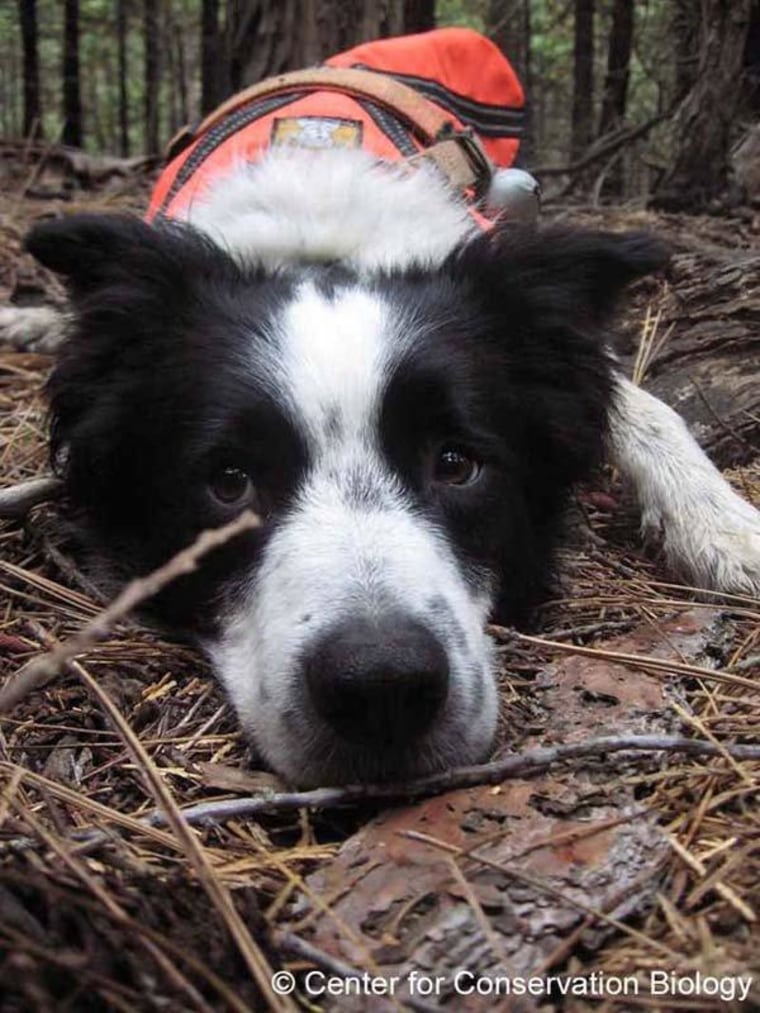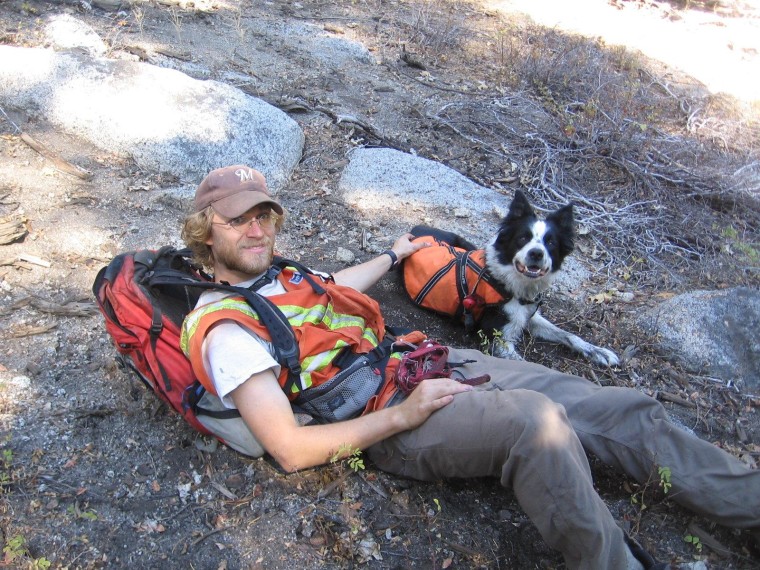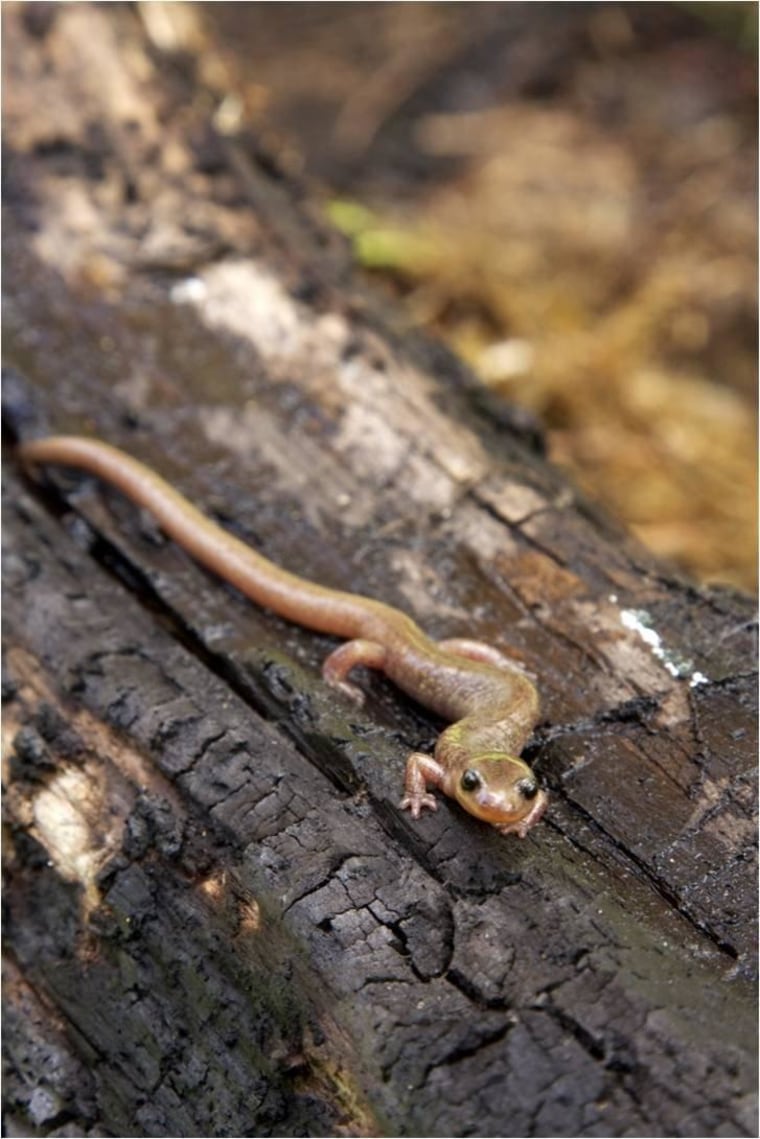Sammy is small and skittish, and he usually prefers to stay on the down low. But for a salamander, he’s got quite a lot on his mind — so much so that he’s started blogging about it.
OK, OK, here’s what really happened: Tracey Kiest Stone, a senior media specialist for The Nature Conservancy, recently had fun writing up a blog post from the point of view of “Sammy,” a rare Jemez Mountain Salamander that is native to New Mexico. Here’s an excerpt from Sammy’s surprisingly lucid exegesis:
"I may only be small, but I’m important too. Lately, I’ve really struggled with the heat ... and it’s been so dry. Our underground home just isn’t what it used to be. It seems like our family and friends are not living as long as they used to. It’s the talk of the Santa Fe National Forest.
"For those of you who haven’t met me, I’m Sammy the Jemez Mountain Salamander. I’m an amphibian that needs moisture to breathe. Salamander sizes range from 1.5 to 4.5 inches. I’m elusive and most people don’t ever see me. I’ve been told my ancestors have been here for thousands of years. But, if our forested home isn’t protected, we may not be here for much longer. That would really mess up the chain of life here.
"It’s important people pay attention to us so you can better understand the health of the system. Many of my amphibian relatives are studied because they have a unique skin chemistry that is the basis for medicine for people just like you."
As you might have guessed, there’s a back story to the cleverly humanized blog post. Basically, “Sammy” and his Jemez Mountain kinfolk aren’t doing so well. State wildlife officials consider Jemez Mountain Salamanders to be endangered, and the amphibians are candidates for listing under the federal Endangered Species Act. The little critters need moisture to breathe — but, because of warmer, drier conditions that scientists attribute to climate change, moisture can be hard to come by.

To give the salamanders a little assist, enterprising humans have deployed two highly trained “Conservation Canines” to sniff for the salamanders in the Jemez Mountains, particularly in areas that have been ravaged by severe fires. The canines that get tapped to do this special sleuth work tend to be high-energy rescue dogs with a strong drive to play fetch.
“The dogs are trained to sit when they locate the salamander,” said Heath Smith, head trainer for the Center for Conservation Biology at the University of Washington, which trains the dogs. “The handler can ask the dog to ‘show me’ and the dog will place its nose where the odor from the salamander is strongest.”
Once located, the salamanders are measured and tested for the potentially debilitating chytrid fungus. Then they are allowed to stay in their natural habitat, which gets documented with care.

To learn more about efforts under way to protect Jemez Mountain Salamanders, click here and here.
TODAY.com writer Laura T. Coffey thinks salamanders are totally adorable but confesses that touching one might give her the heebie-jeebies. Here’s where to find Laura on Facebook and Twitter.
More:
